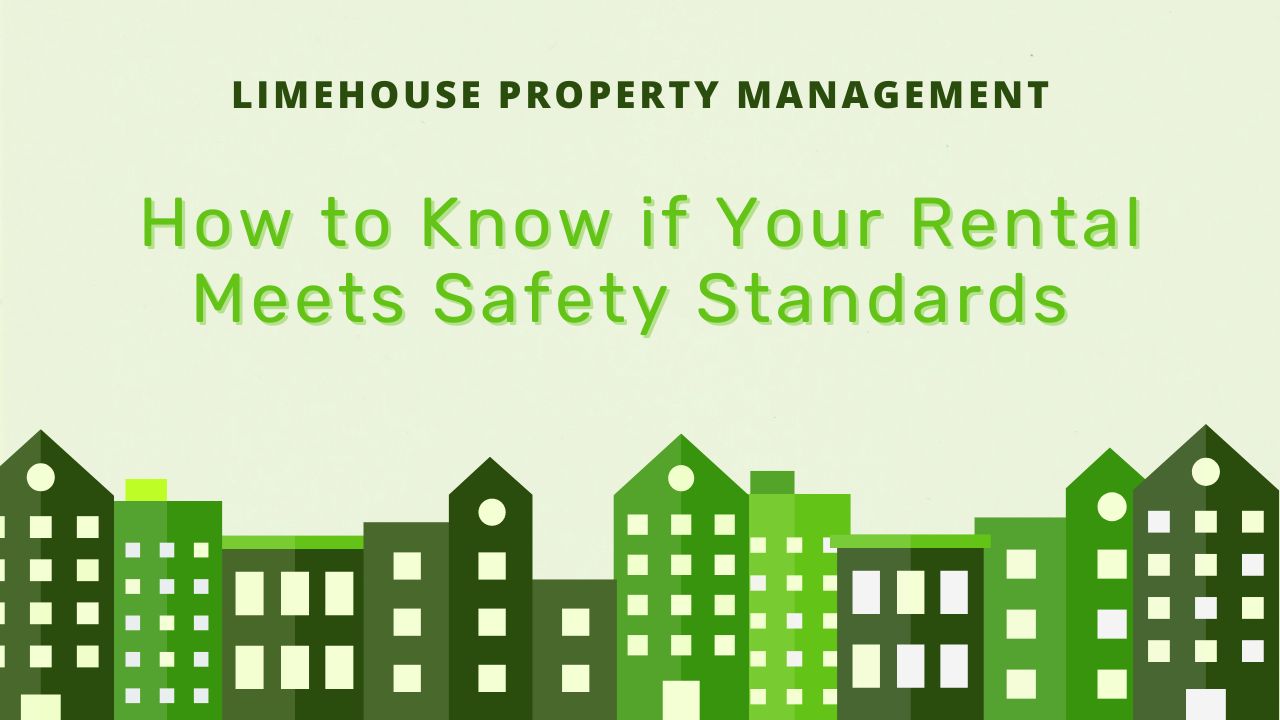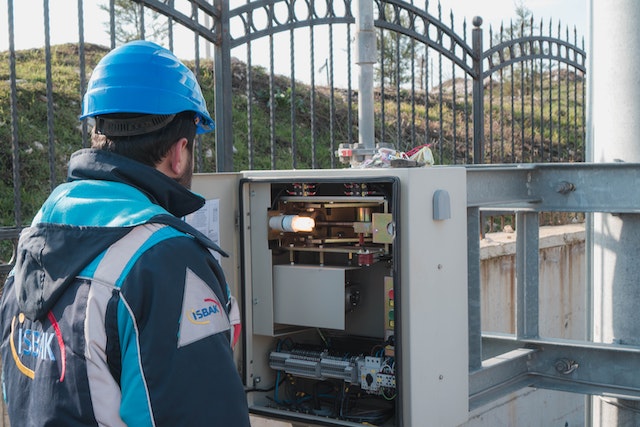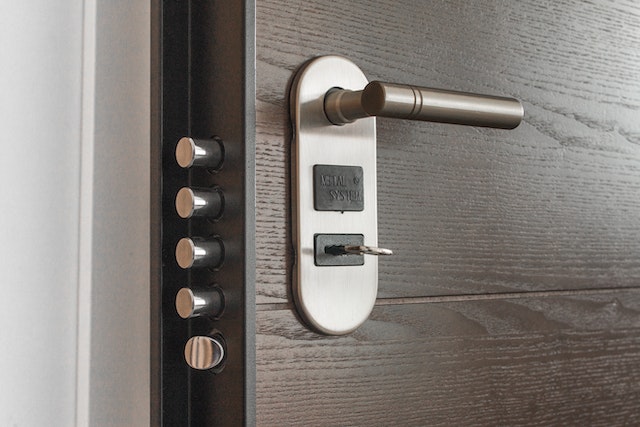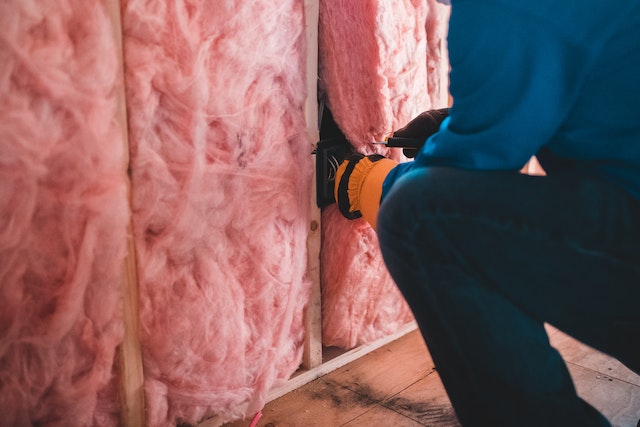How to Know if Your Rental Meets Safety Standards
As a landlord, you should always strive to provide a safe and secure environment for your tenants. Ensuring that your rental property meets the state and city’s safety standards protects your tenants, helps your rental business maintain a positive reputation, and minimizes your liability.
By taking the time to assess various aspects of your rental unit, you can remain compliant with the law, keep your property in its best condition, and prioritize the well-being of your renters. Here are some tips to know if your rental unit is a safe, habitable space:
Understanding Local Regulations
Before evaluating the safety of your rental property, it’s crucial to familiarize yourself with Virginia rental laws, as well as the housing regulations and safety codes in your area. Some Virginia cities may have specific requirements that landlords must follow to ensure the safety of their rental properties.
These regulations cover things such as fire safety, plumbing, and general building codes. By understanding and complying with these standards, you not only fulfill your legal obligations but also prioritize the well-being of your tenants.
Exterior Assessment
Begin your safety assessment by examining the exterior of your rental property. Look for signs of structural damage, such as cracks in the walls or foundation, loose or damaged siding, or unstable railings on balconies and staircases. Make sure to address any structural issues promptly to minimize safety hazards.
Ensure the property has sufficient lighting in common areas, walkways, and entrances to minimize the risk of accidents and deter criminal activity. Adequate exterior maintenance is also essential to create a safe and welcoming environment for your tenants.
Fire Safety Measures
Fire safety is of paramount importance in any rental property. Install functional smoke detectors in bedrooms, common areas, and on every level of the property. Test the detectors regularly to ensure they are operational and have fresh batteries.
Moreover, place fire extinguishers in accessible locations, such as near kitchens and common areas, and have them regularly inspected and serviced. Educate your tenants on evacuation routes and the location of fire escapes and emergency exits.
Prioritizing fire safety measures helps protect your tenants and mitigate potential damages to your property.
Electrical Systems
Maintaining safe electrical systems is crucial for the well-being of your tenants. Ensure that the electrical wiring in your rental property is up to code and in good condition.
Regularly inspect outlets, switches, and light fixtures for any signs of wear or damage. Address any exposed wires, flickering lights, or electrical overloads promptly.
Additionally, encourage your tenants to report any electrical issues they encounter as soon as possible. Engage a qualified electrician for regular inspections and necessary repairs. By proactively maintaining the electrical systems, you create a safe living environment and minimize the risk of electrical accidents.
Plumbing and Water Safety
Water-related issues can lead to significant inconveniences and potential safety hazards for your tenants. Regularly inspect the plumbing system for leaks, water damage, or mold growth. Check that faucets, showers, and toilets are in good working condition, and that water pressure is adequate.
Ensure that hot water heaters are properly installed, regularly maintained, and equipped with temperature controls and pressure relief valves. Promptly respond to any reports of plumbing issues from your tenants and hire professional plumbers to address them.
Prioritizing water safety not only ensures tenant comfort (and encourages retention), but also prevents potential health risks and property damage.
Secure Doors and Windows
Providing adequate security measures is essential to create a safe and secure living environment for your tenants. Check that all doors and windows in the rental property have functioning locks. Sliding doors should have a sturdy lock or a security bar to prevent unauthorized entry.
Properly functioning locks provide an added layer of protection against break-ins and help ensure your personal security.
If any locks are broken or not working correctly, make sure to perform necessary repairs or replacements as soon as possible. In addition, consider installing security features such as deadbolts and security bars.
Conduct Regular Inspections
Regular property inspections are essential to ensure that it continues to meet safety standards. Conducting annual inspections can help identify potential hazards and ensure any issues are addressed early on, before they become too serious.
Inspections should cover exteriors, electrical systems, fire safety features, appliances, doors and windows, floorings, ceilings, and general maintenance. It’s also essential to conduct inspections between tenancies to ensure the property is in good condition before a new tenant moves in.
Ensure the Safety and Durability of Floorings, Walls, and Ceilings
If you rent out your property to retirees, families with children, and people with disabilities, it’s important to reconsider your unit’s flooring material.
Slip and fall accidents can have severe consequences, so it’s advisable to opt for waterproof non-slip surfaces. If you notice uneven or sloping floors, schedule a foundation inspection to address potential safety issues promptly.
Check the walls for cracks, as they can be red flags for underlying foundation problems. Warped or stained walls, along with peeling wallpaper and bubbling paint, may indicate water damage.
Rental homes should have ceilings that meet a minimum height requirement of 3 meters. Opt for materials with low thermal conductivity to protect occupants from extreme heat, and provide proper insulation so residents will have a comfortable living environment.
Conclusion
As a landlord, ensuring that your rental property meets safety standards is not only a legal obligation but also a moral responsibility. By taking the necessary steps to assess and address safety concerns, you protect your tenants and safeguard your property.
By prioritizing safety, you build trust with your tenants, minimize potential liabilities, and ensure a positive rental experience for everyone involved. If you need professional help managing your rental properties, contact Limehouse Property Management today!





